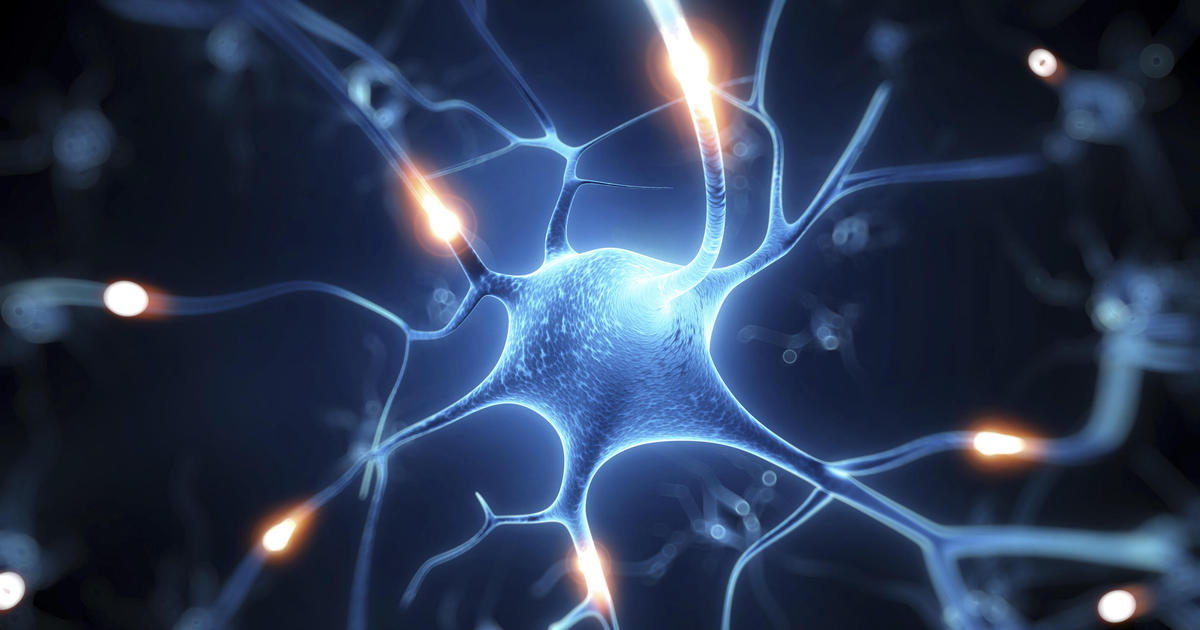Common Causes And Risk Factors For Dyspraxia And Overlapping Conditions
Dyspraxia is a developmental disorder that affects the formation of both gross and fine motor skills. Someone who has dyspraxia may have trouble with hand-eye coordination, muscle strength, determining the proper order of physical tasks, and speech. It overlaps with some other conditions, such as attention deficit hyperactivity disorder, but is not quite the same. Dyspraxia does not always manifest obviously, so it often requires a professional diagnosis to recognize it and recommend courses of treatment. We have made a list of some of the most common causes and risk factors of someone developing dyspraxia. This disorder exists in both children and adults; mental conditions do not go away just because someone reaches an arbitrary age. Dyspraxia is not directly diagnosed. Instead, professionals observe the child and work to rule out other possibilities. Get to know the risk factors and causes of dyspraxia now.
Improper Development Of Nerve Cells

Improper development of nerve cells occurs for a variety of reasons, such as poor childhood nutrition, injury, and hereditary disorders. The nerve cells, or neurons, are responsible for communicating messages throughout your nerve system. The brain receives external stimuli, like an instruction, via sensory neurons. The message travels into the brain, through the appropriate areas, and the brain generates a response to sent through motor neurons that control muscles. If these nerve cells do not grow properly, they cannot send messages, develop neural pathways, or control muscle tissue. The diminished ability to form neural connections also contributes to learning and memory issues.
Reveal more about the causes of dyspraxia now.
Hereditary Component

We do not know exactly what causes dyspraxia, but it is believed a hereditary component exists. A study performed in 2007 showed thirty-two percent of individuals with coordination issues similar to dyspraxia had family members who had the same issues, suggesting it could be passed down through family lines. This level of frequency suggests any genetic conditions that contribute to dyspraxia are recessive. In other words, both parents would have to exhibit symptoms to pass it down to the child. If the frequency were reported to be higher, it could be assumed to be a dominant gene.
Keep reading to learn more about dyspraxia's causes and risk factors.
